AO Edited
El Cóporo
Built 1,500 years ago, this abandoned Mesoamerican city is surrounded by a natural wall made of outstanding rock formations.
The settlement at El Cóporo has all the vestiges of an old Mesoamerican city. It was formed by a series of villages around the hill where rock formations offered protection as natural walls. The city’s inhabitants likely cultivated a variety of crops that included corn, squash, tomatoes, beans, and chili.
This pre-Hispanic settlement, which is distinguished by its 1,500-year-old architecture, consisting of rooms for ordinary people and a civic ceremonial center, is associated with the Tunal Grande culture. There is also evidence that the site has links to the pre-Hispanic settlements of Zacatecas, Jalisco and El Bajío Guanajuatense. The worldview of El Cóporo’s former inhabitants has been partly inferred from the organization of its architectural spaces.
Evidence in the form of artifacts and buildings suggests that the city was split into zones, which separated spaces for ceremonies, administration, and residences. So far, archaeologists have identified over 150 structures.
The site covers approximately 210 acres of the slopes and summit of Cerro del Cóporo, the hill from which the site gets its name. Archaeologists estimate that the area was first settled around the year 200, and finally abandoned sometime between 1000 and 1100.
Know Before You Go
From Ocampo, driving the state road that leads to the city of León, 20 km away is Ibarra, there starts a paved road to the community of San José del Torreón. After crossing this population is Cerro El Cóporo and the archeological site.

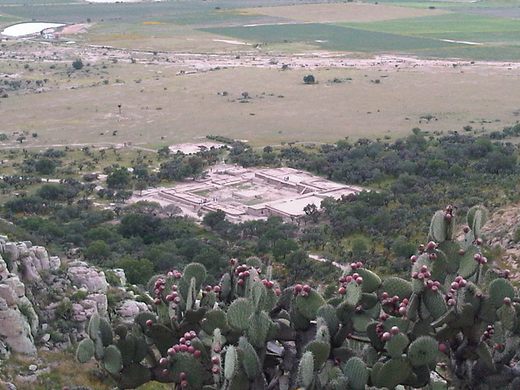
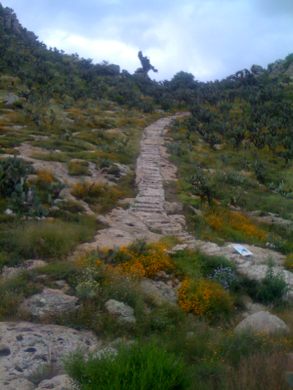
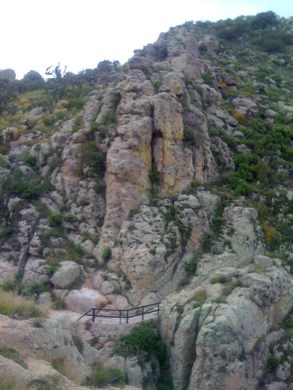
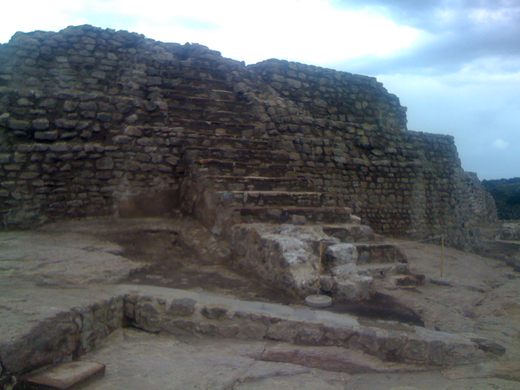
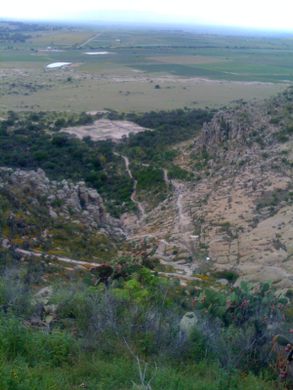
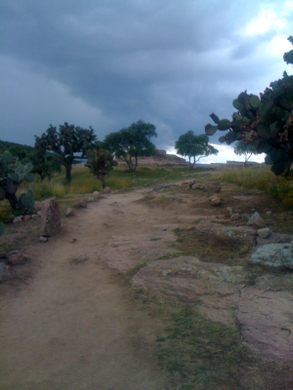

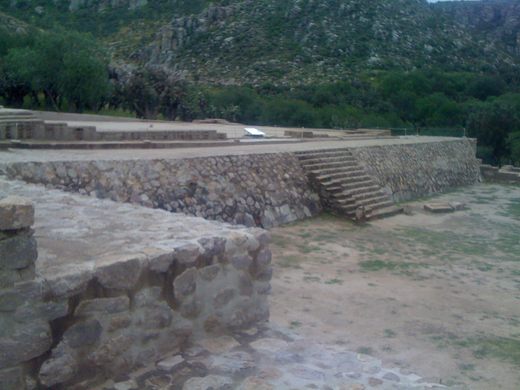
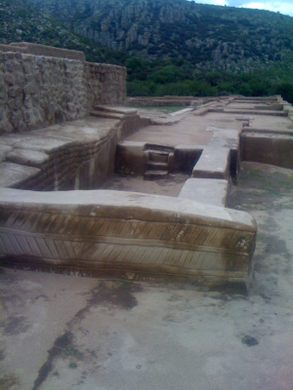
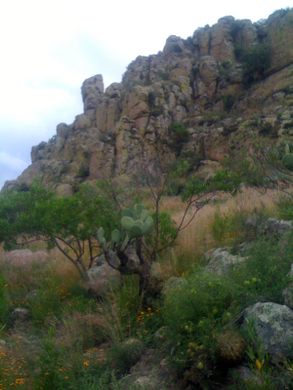
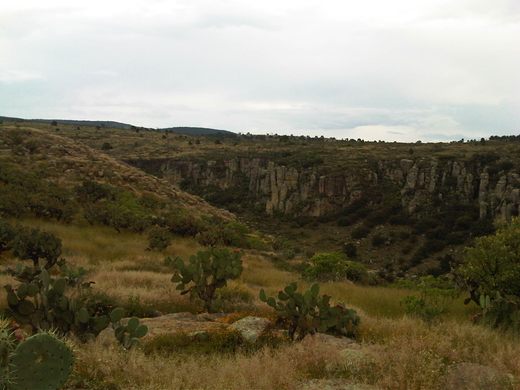
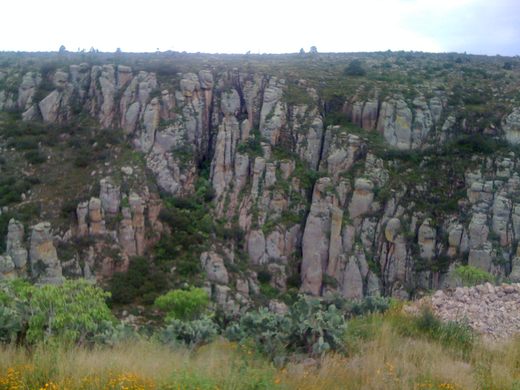
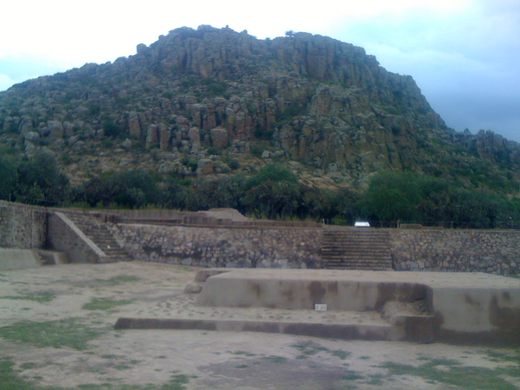
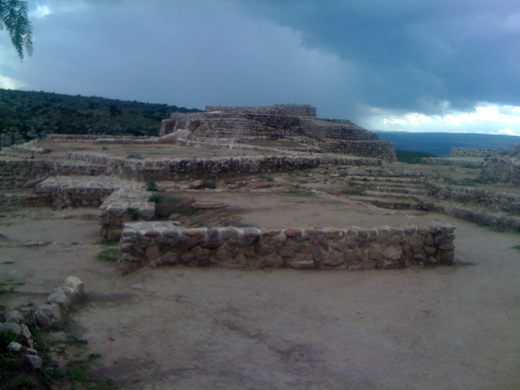








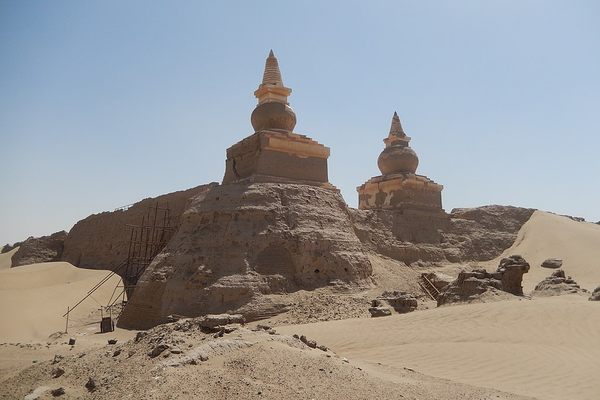
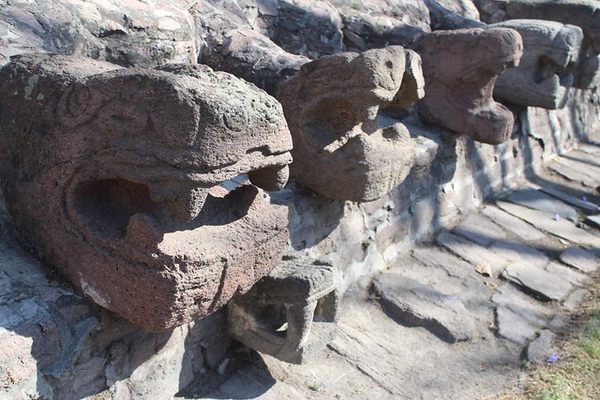
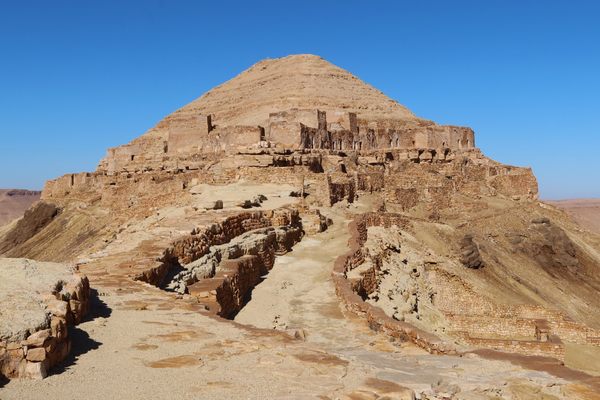

Follow us on Twitter to get the latest on the world's hidden wonders.
Like us on Facebook to get the latest on the world's hidden wonders.
Follow us on Twitter Like us on Facebook